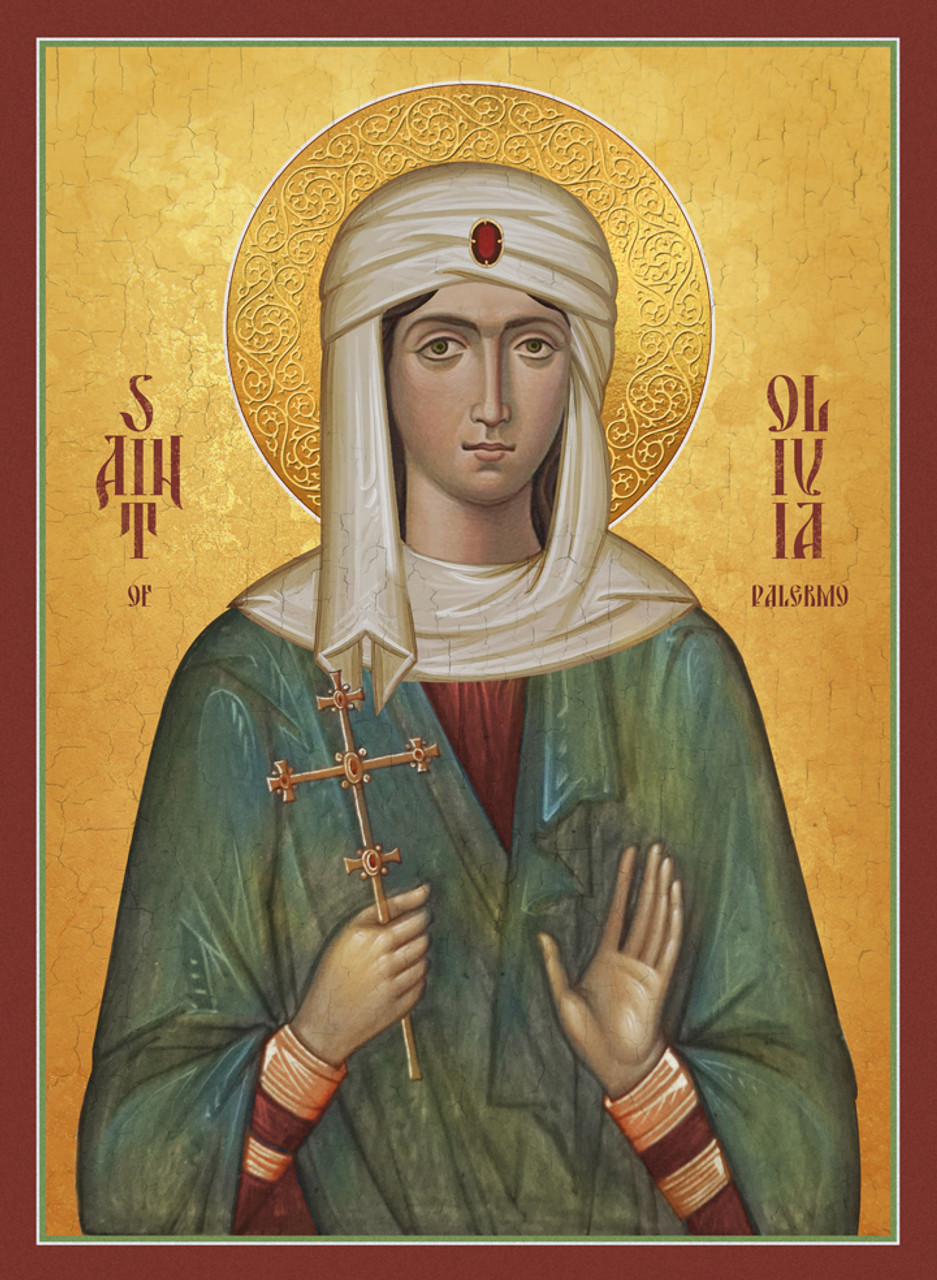But then, the east German Vandal tribe started to expand into the Mediterranean. Vandal King Genseric took Palermo, and many Christians were martyred.
Olivia was kidnapped and taken to the city of Tunis in Northern Africa. She faced down her captors, strengthened the faith of her fellow Christian prisoners and performed miracles that converted pagan prisoners to the Christian faith.
Enraged, but careful about the popular maiden, the city’s governor had her expelled from the city to be a hermitess, where he hoped she would starve or be killed by wild beasts. She was found alive by hunters who at first tried to take advantage of her. She not only stopped them but converted their hearts.
They brought her back to civilization, where she continued to convert pagans.
The governor tried again. He threw her in prison to try to force her to apostatize. He had her scourged, stripped, and submerged in a cauldron of boiling oil. Her body and her faith remained unscathed. He sentenced her to be burned alive, but that didn’t work, either.
Finally, he had her beheaded.
It’s only recently that more complete scholarship reveals why her life story was not believed: Early records of her life are missing, and her story is too close to the popular saint stories of her day. If someone were to make up a saint, this is the kind of story they would tell, the thinking went.
On the other side is some fairly significant evidence that she was real. An early Christian basilica was built on the site of her tomb and later a mosque was built that took its name from her and honored her relics. The the Mosque of Olive and the current church built over her tomb are pictured, below; the Tunis basilica is also named for St. Olivia, along with St. Vincent de Paul. Her statue in Palermo’s cathedral is pictured to the right.
One scholar points out that Muslims destroyed all early Christian records in the area, so the lack of Olivia’s records is hardly a mark against her. Instead, her memory has been kept alive by devotees for years.

